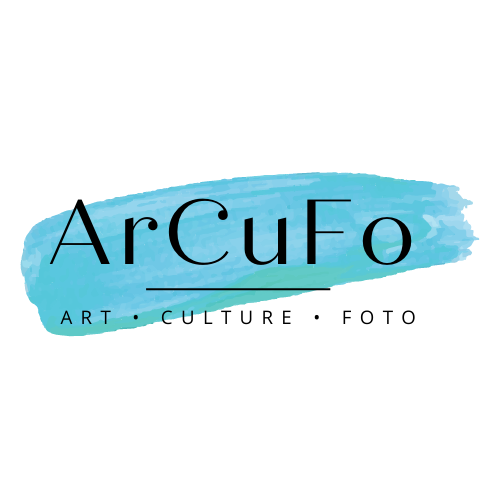The National Tile Museum of Portugal. The name doesn’t sound as exotic and inviting in English as it is in Portuguese: O Museu Nacional do Azulejo. Still, it was not on my list of must-sees while in Lisbon. Strolling around the city, cruising the boulevard, enjoying Portuguese cuisine all were much more appealing than visiting a museum about tiles.
The famous Portuguese azujelos

Tiles in the Museu Nacional do Azujelo
Nevertheless, after a few days of strolling around the city, sightseeing its historic monuments, attending Portuguese restaurants and cafés, it turned out that while in Lisbon one cannot get around the famous Portuguese azujelos. The small polished stones – as is the meaning of the word – are omni-present and a joy for the eye. Why are there azujelos everywhere you look in Lisbon? Where do they come from? Are there different styles? How old is this tradition of decorating facades and interiors with these small pieces of art? There is only one place to find the answers – the Museu Nacional do Azujelo, also known as the MNAz.
The museum itself is not too easy getting to. However, if you’re a bit more adventurous (and have no lack of time), there are two buses going there. Otherwise, the sightseeing bus also has a stop in front of the museum. And of course, taxis and Uber drivers can take you wherever you want.
The story of the polished stones – shown in the Museu Nacional do Azujelo
The Museu Nacional do Azujelo is in the Convent and Church of Madre de Deus (founded in 1509 by Queen D. Leonor) which are by itself worth visiting. Tranquil court yards, astonishing ceilings and architecture make it a unique place for telling the story of the azulejo.
The museum tells the story of the azulejo which comes from the Arab word azzelij or al zuleycha which means small polished stone, referring to a ceramic piece, usually squared, with one side glazed. Tiles from the 15th century until modern times are on display throughout the two-story building.
With historical insights, mention of Portuguese and foreign artists, and interesting facts on how the azulejos were and are used. An interesting fact is, for example, that in the 17th century the church was the main commissioner of repetitive pattern tiles. It was a very effective solution in decorative terms, as the tiles often covered the entire walls of the church interior. Generally, the patterns made up of smaller modules (2×2 or 4×4) were applied to the lower halves of the walls, the larger compositions being reserved for wall surfaces that were further away from the eye of the viewer.
All in all, the museum is worthwhile visiting. In about one hour one can go through the exhibition and appreciate the Portuguese azulejos. And, before getting back into the city’s buzzing center, it’s recommended taking a break in the museum’s Jardim de Inverno.
Have a look at this video to get an insight in the museum:
Address: Museu Nacional do Azulejo, Rua da Madre de Deus, nº 4, 1900-312 Lisboa
Opening hours: Tuesday until Sunday from 10am until 6pm (closed on Mondays)
Image source: own pictures
Guest post from Annelies P.













